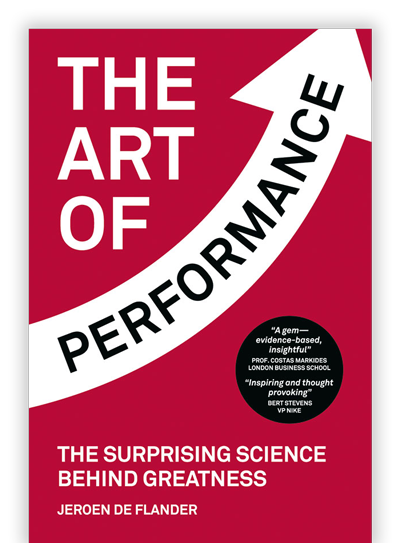“The reason most people never reach their goals is that they don’t define them, or ever seriously consider them as believable or achievable. Winners can tell you where they are going, what they plan to do along the way, and who will be sharing the adventure with them”
– Denis Watley
Did you know that the goal-setting theory is one of the most scientifically valid and useful theories in organisational science?
40,000 PEOPLE CAN’T BE WRONG
The positive results of setting objectives within the world of work are widely supported by substantial research – more than 100 scientific studies involving 40,000 participants from different industries. And these figures don’t even include any goal-setting research that took place in the world of sport.
BUT DON’T BE TOO SMART
Unfortunately, when I talk to managers, I often feel that goal setting has been downgraded to a ‘using the SMART technique’ drill. What does the ‘T’ stand for in SMART? Is it ‘Time-based’ or was it…? The essence has been lost. The acronym is well-known but few understand the real dynamics of goal setting and the added value for the successful implementation of a strategy. Most managers are clueless and thousands of company money is spent on training to reinforce this ignorance.
OBJECTIVE SETTING IS CRUCIAL AND NEEDS MONITORING
But don’t be fooled. Individual objective setting is crucial to execute your strategy. So you want to keep the quality of the individual objectives on the radar and take corrective action when necessary. Here are five tips to monitor and measure the quality of individual objectives. They can be actioned on any level, whether company-wide, business unit, departmental or team.
1. Verify the fit with the strategy
Each objective – even at the lowest level of your organisation – should be linked to your strategy. I discovered that, even after a well-implemented strategy cascade, 25-to-35 percent of the individual objectives do not support the actual strategy. They are often survivors from the previous strategy, personal pet objectives or built on strategy misunderstandings. Make sure you put a process in place to go after them and nuke them!
2. Verify the quality of the objective
There’s no need to check all objectives. Your objective is not to improve each one, but to get a realistic feeling for the general quality and the most common quality issues. Focus on the objectives from senior management as they are the basis for the rest of the organisation. Aim for a 15 percent sample for the levels below.
3. Measure satisfaction
This is your commitment indicator. You know that the output of a good individual objective-setting meeting is more than a list of high-quality objectives linked with strategy. It’s also about the acceptance of these objectives. Remember: reality shows that a tough discussion during the meeting doesn’t automatically translate into a bad score. On the contrary, if you analyse the bad scores, it’s often because there was no discussion at all.
And one more thing: you don’t need to aim for a perfect score as there will always be individuals unhappy with the exercise, no matter what you do. But you do want to end up above 75 percent.
4. Build and use a dashboard
I am a big fan of a dashboard covering all three quality criteria that offer a multi-year perspective. Even break it down by business unit, department or team and make interesting comparisons.
5. Benchmark yourself with other companies
The results are a great starting point to develop a targeted action plan aimed at increasing individual objective-setting maturity in your organisation.



